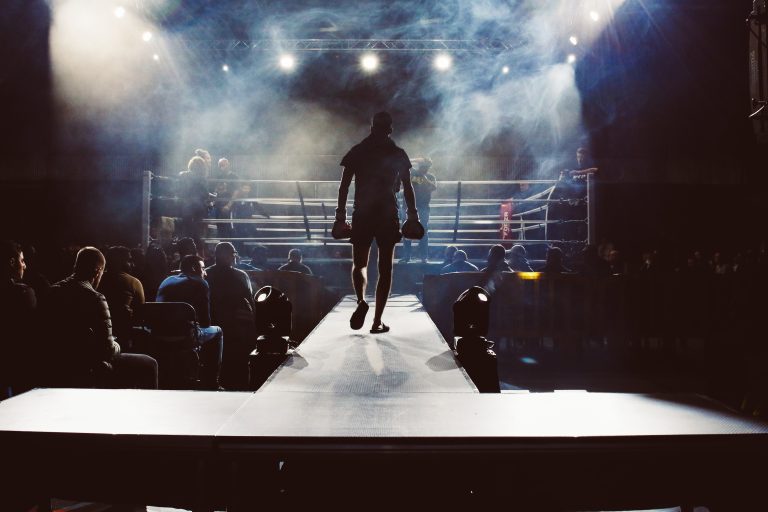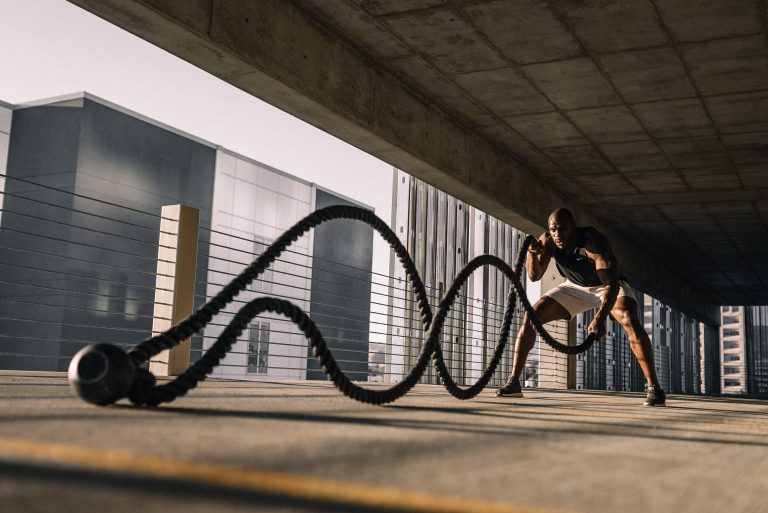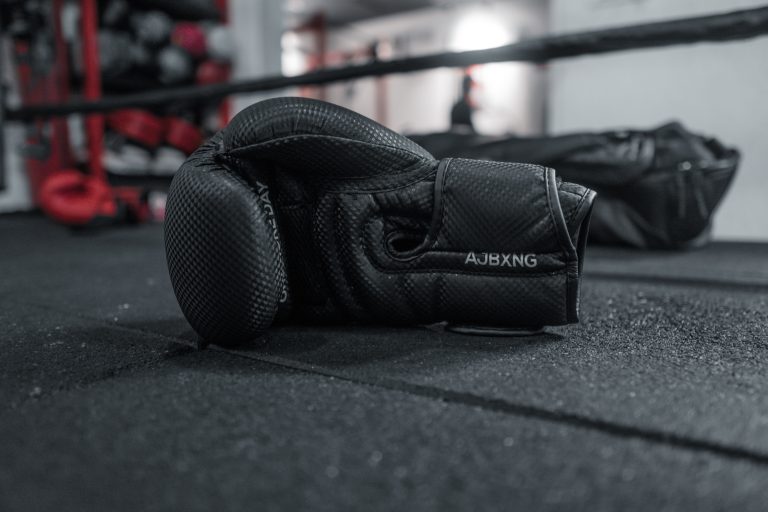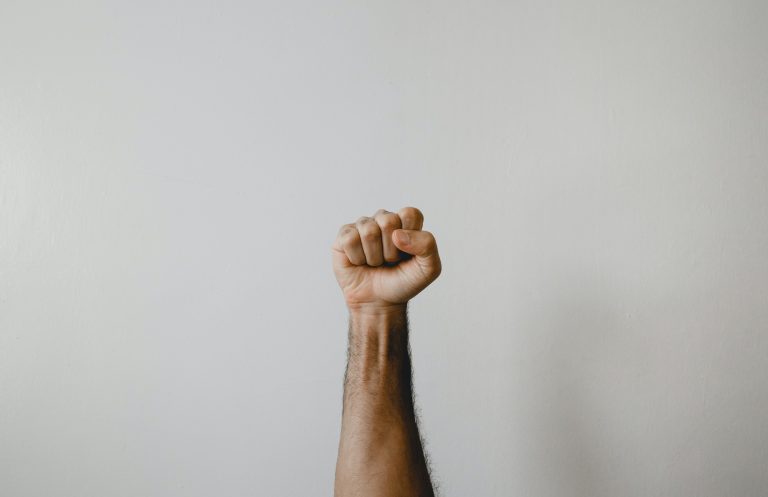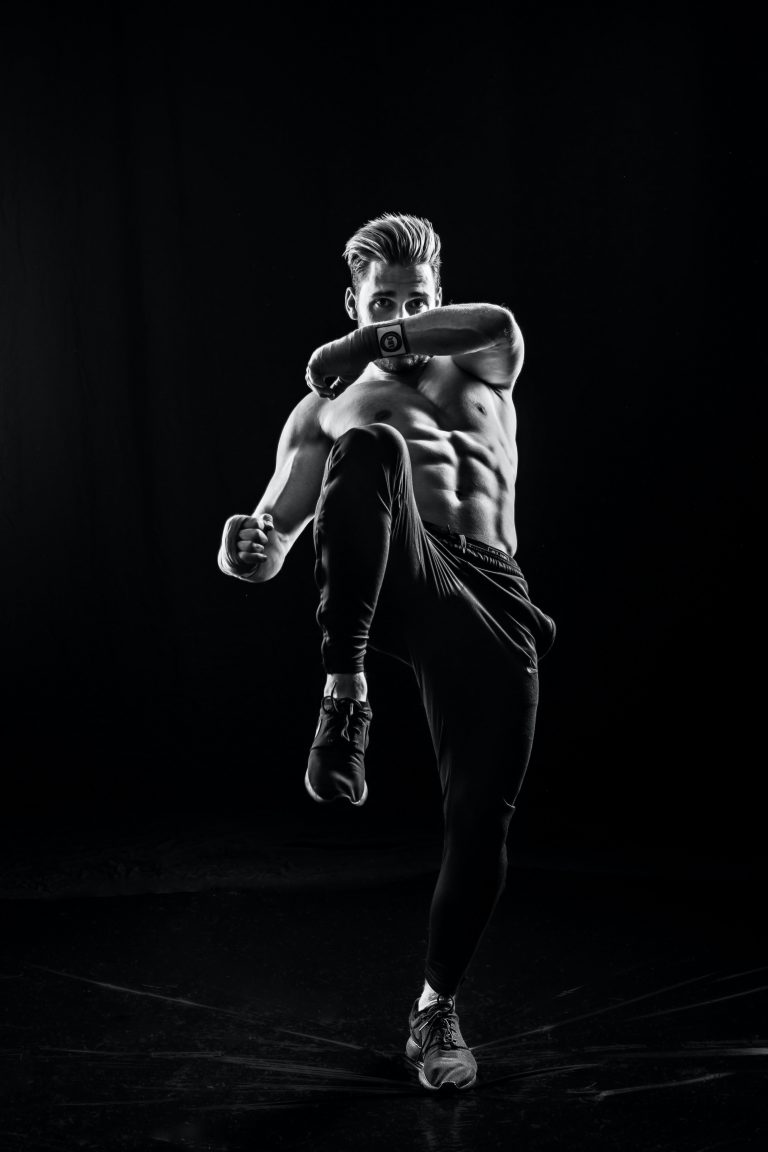The 10 Best Karate Techniques for Defense Against Blows
Karate is a highly effective martial art that involves various techniques for self-defense. In this blog post, we’ll discuss the 10 best karate techniques for defense against blows that you can use in combat situations.
1. Blocking
Blocking is the basic technique of karate that involves deflecting punches or kicks with your arms. In karate, there are three types of blocks – high, middle, and low blocks. A high block is used to block punches above your shoulder level, a middle block is used to block punches aimed at your torso, and a low block is used to block kicks aimed at your legs or lower abdomen.
2. Counter-Attacking
Counter-attacking is the ability to strike back immediately after blocking an attack. This technique involves using quick strikes to hit the opponent while they are still off balance from their initial attack.
3. Punching
Punching is one of the most used techniques in karate. The proper punching technique involves using your whole body to deliver a powerful punch. Your arm should be straight, and you should rotate your shoulder and hip to generate more power.
4. Kicking
Kicking is another effective technique in karate. A good kick can knock the opponent down, and it can also be used to create distance. There are various types of kicks in karate, such as front kicks, side kicks, and roundhouse kicks.
5. Elbow Strikes
Elbow strikes are powerful strikes that are used in close combat situations. This technique involves using your elbow to deliver a blow to the opponent’s face or body.
6. Knee Strikes
Knee strikes are powerful strikes that are used in close combat situations. This technique involves using your knee to deliver a blow to the opponent’s face or body.
7. Joint Manipulation
Joint manipulation is a technique that involves using pressure on an opponent’s joint to control their movements. This technique can be used to put the opponent in a vulnerable position or to force them to submit.
8. Throws
Throws are a technique in which you use your body to throw your opponent to the ground. This technique is useful when trying to get your opponent on the ground in a close combat situation.
9. Sweeps
Sweeps are a technique in which you use your leg to sweep the opponent’s leg, causing them to lose balance and fall to the ground. This technique is useful when trying to create distance between you and your opponent or in a close combat situation.
10. Defense Against Multiple Opponents
Defending against multiple opponents requires a combination of techniques, such as blocking and counter-attacking, kicks, and throws. It’s important to always keep moving and to be aware of all the opponents’ movements to avoid being surprised.
In conclusion, karate offers a variety of techniques for defense against blows. The key to becoming proficient in these techniques is consistent practice and training. With the right combination of techniques, you can become an effective fighter capable of defending yourself against any attack.
The 10 Best Karate Techniques for Defense Against Blows: Your FAQ Guide
Whether you are a beginner or experienced in martial arts, it is essential to learn the fundamental techniques for self-defense against blows. Karate is one of the most popular martial arts that focuses on striking techniques, such as kicks, punches, and knee strikes, that can help you defend yourself in an intense situation.
Here are the top 10 karate techniques for defense against blows, which will help you understand the basics of this self-defense technique and how to use them in your daily life.
1. What are the basic karate stances?
Stances are an essential part of karate, as they provide a stable base to enable you to execute swift and powerful strikes. Here are some of the fundamental karate stances:
- Horse stance (kiba-dachi)
- Forward stance (zenkutsu-dachi)
- Back stance (kokutsu-dachi)
- Side stance (shiko-dachi)
- Cross-legged stance (sochin-dachi)
2. What are the primary karate strikes?
Some of the common karate strikes include:
- Straight punch (choku-zuki)
- Reverse punch (gyaku-zuki)
- Knifehand strike (shuto-uchi)
- Back fist (uraken-uchi)
- Hammer fist (tetsui-uchi)
- Ridge hand strike (haito-uchi)
3. What Are the Different Kicks in Karate?
Karate involves an array of swift and powerful kicks. Here are some common ones:
- Front kick (mae-geri)
- Roundhouse kick (mawashi-geri)
- Sidekick (yoko-geri)
- Crescent kick (mikazuki-geri)
- Axe kick (uchi mata-geri)
4. How to execute karate blocks?
Karate blocks can help defend against frontal attacks. Some of the essential karate blocks include:
- High block (jodan-uke)
- Mid-level block (chudan-uke)
- Low block (gedan-uke)
- Inside block (uchi-uke)
- Outside block (soto-uke)
5. What is a karate kata?
Karate kata is a pre-arranged sequence of movements, which involves a combination of blocks, strikes, and kicks. It is a way to develop muscle memory and improve technique. There are several karate katas, and each has a unique set of movements.
6. How to improve your karate technique?
Here are some tips to improve your karate technique:
- Practice daily
- Focus on your breathing
- Pay attention to your body position
- Visualize your movements before performing them
- Attend regular karate classes and seminars
7. What are the benefits of learning karate?
Apart from self-defense, learning karate has numerous other benefits, such as:
- Improved physical fitness
- Increased flexibility and mobility
- Enhanced focus and discipline
- Stress relief
- Increased self-confidence
8. Is karate only for self-defense?
Karate is not only for self-defense but also a sport that involves sparring and competition. For competitive purposes, the sparring rules are modified, and protective gear is worn to prevent significant injuries.
9. Can anyone learn karate?
Yes, anyone can learn karate, regardless of their age or fitness level. However, it is important to consult with your doctor before starting any new physical activity, especially if you have any underlying medical conditions.
10. How can one start learning karate?
To start learning karate, you can:
- Research local martial arts schools that offer karate classes
- Visit the school and observe a class
- Talk to the instructor and ask about their qualifications, experience, and teaching style
- Enroll in a beginner’s class and start your martial arts journey!
Final Thoughts
Karate is an effective martial art for self-defense, physical fitness, and overall well-being. It provides you with essential skills that can come in handy in various life situations. By understanding these basic techniques, you can enhance your knowledge about karate and make an informed decision about learning and practicing it.
We hope that this guide has answered some of the frequently asked questions surrounding the ten best karate techniques for defense against blows. Remember to practice regularly, focus on your breathing and form, and consult with a qualified martial arts instructor to improve your skills.
Inhaltsverzeichnis

